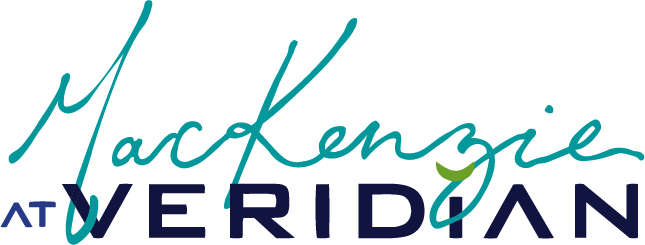Why Catalogs Are One of the Most Powerful Donor Engagement Tools
Donors want more than a thank-you letter. They want to see that their support is building something lasting.
That’s where exhibit catalogs come in. A catalog is not just a book. It’s a donor engagement tool that creates pride, recognition, and legacy. When done well, it transforms an exhibit into something donors can hold in their hands, share with others, and treasure long after the exhibition closes.
Why Catalogs Matter for Donor Engagement
Tangible recognition. Donors can see their name, contribution, or story in print.
Legacy. A catalog lasts long after the exhibit ends, preserving the impact of their support.
Prestige. A beautifully designed catalog feels like a collectible art object, reflecting the caliber of the exhibition and the donors who made it possible.
Conversation piece. Donors take catalogs home, place them on coffee tables, and share them with others, extending the reach of the exhibit.
The Difference Between Generic Collateral and a Catalog
Invitations, ads, and signage all play a role in an exhibition, but they’re fleeting. They serve the moment.
A catalog, on the other hand, has permanence. It tells the complete story of the exhibit and the people behind it. It connects donors to something they can revisit and proudly display. It’s often the piece that endures longest and continues to generate pride and conversation.
A Mini Case Study: Audubon’s Birds of Florida at MOAS
The Birds of Florida exhibit at the Museum of Arts and Sciences showed how powerful a catalog can be as a donor engagement tool.
Two details made it especially effective:
The author’s voice. The catalog author also narrated the audio tour, which created a seamless connection between the printed catalog and the visitor experience. Donors loved hearing the same voice guide them through the catalog and the gallery.
A second print run. The catalog was so popular that the museum had to order more copies. Donors felt proud knowing their support contributed to something that was not only valued by visitors but in demand beyond the exhibit’s original run.
Together, these touches turned the catalog into more than documentation. It became a bridge between donors, visitors, and the legacy of the collection.
Want to see more? Read the full case study here.
How to Create Donor-Ready Catalogs
Invest in professional photography and design. Donors notice quality.
Plan catalogs as part of the donor experience by including acknowledgments and essays that highlight supporters’ contributions.
Make sure catalogs are ready for opening night so donors can take them home when their excitement is highest.
Treat catalogs as a tool that connects the exhibition, its donors, and the broader community.
The Role of a Design Partner
Most internal museum teams are already stretched thin and don’t always have the time or print production expertise for large-scale catalogs.
A design partner ensures catalogs are visually stunning, technically sound, and strategically aligned with donor recognition. From press checks to layout refinement, a partner manages the details that make the difference between a catalog that’s “done” and one that donors truly cherish.
Catalogs are more than exhibition documentation. They are one of the most powerful tools a museum can use to engage donors, build legacy, and create lasting pride. With the right planning and expertise, a catalog becomes the piece that donors and visitors remember most.
Want to explore how branding can elevate your next exhibit?
Download the free Exhibit Prep Kit for a step-by-step roadmap for stress free donor-ready exhibits
✔ Clarify your exhibit’s purpose, audience, and emotional tone
✔ Align your internal team so decisions don’t get bottlenecked
✔ Map out the design pieces you’ll need (and when!)

